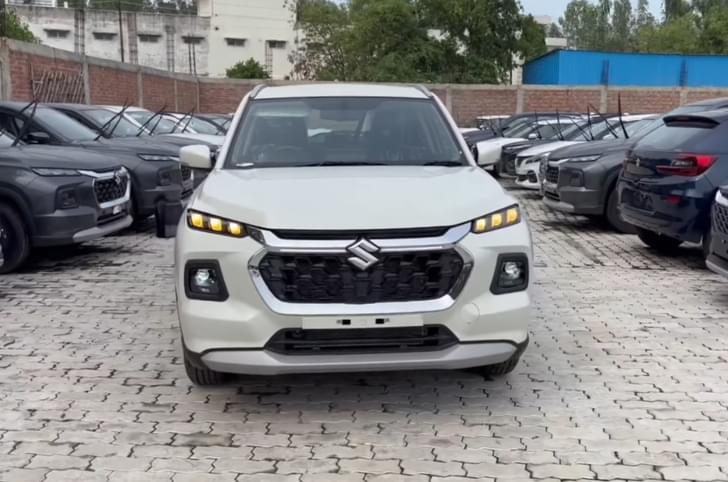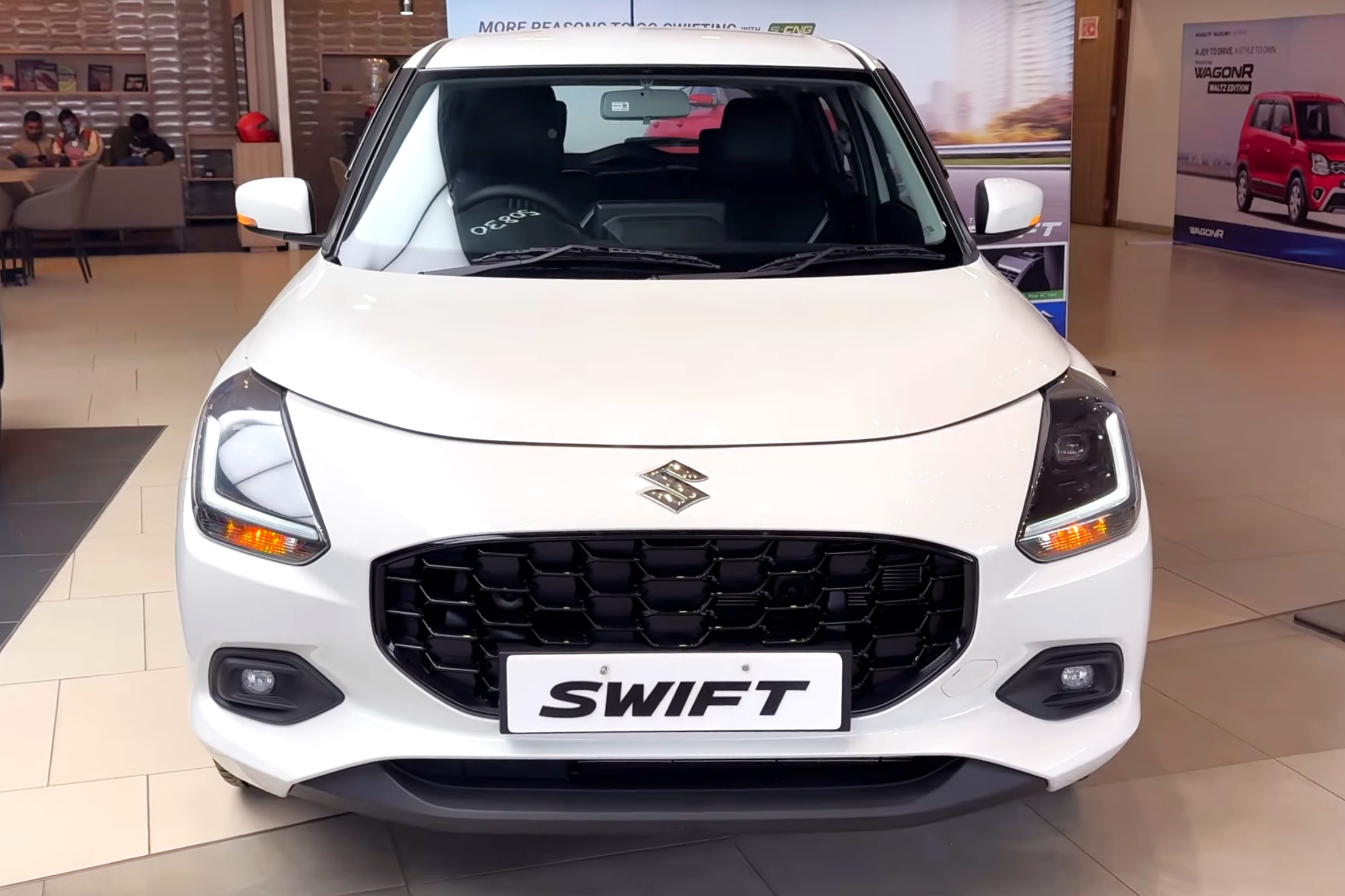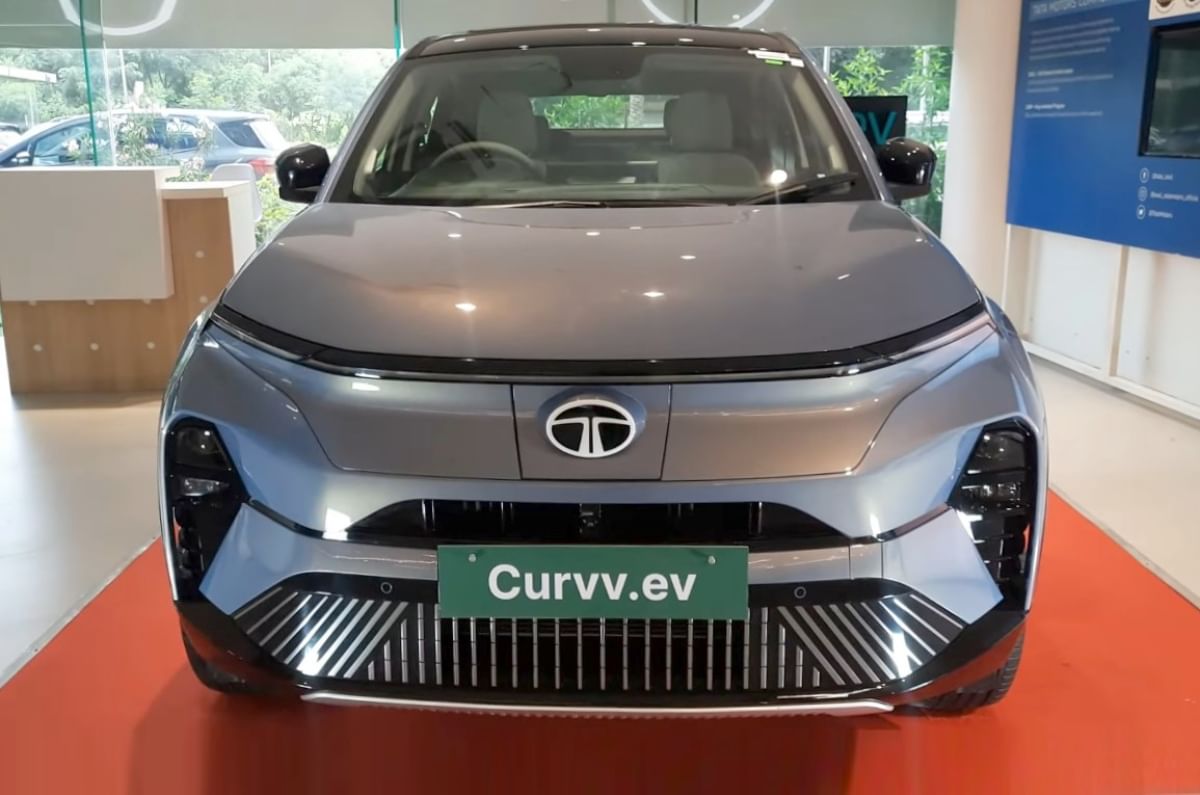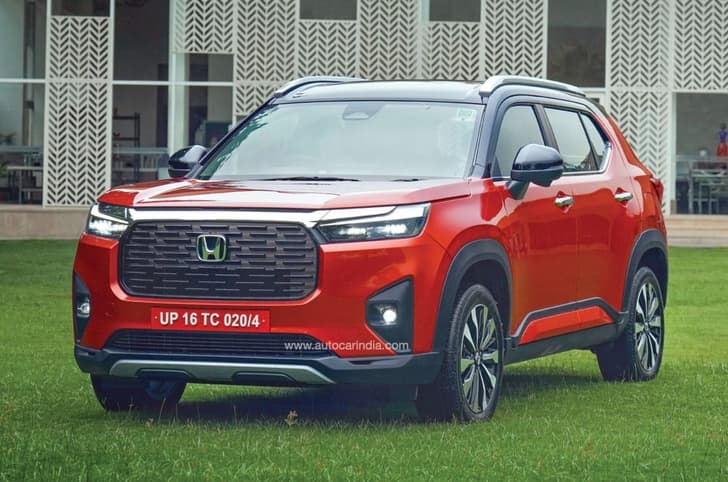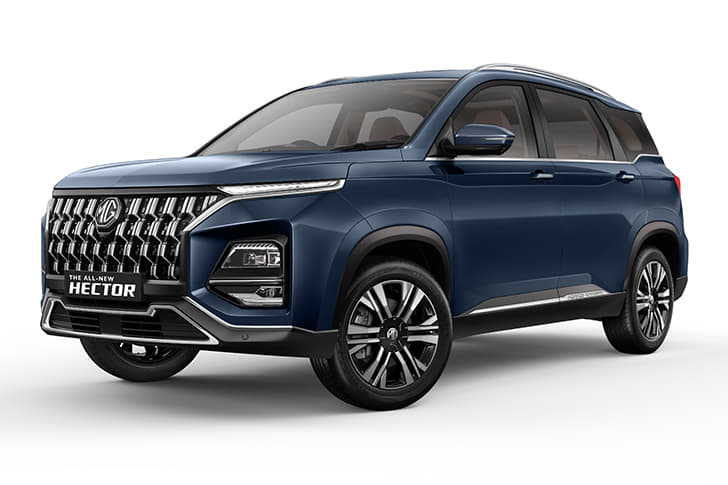Tata Motors may be late to the midsize SUV segment, but the company firmly believes that Curvv's coupe-SUV body style will not be niche offering. Instead, with powertrain options spanning petrol, diesel and electric, and several class-leading features, the company is confident that it will be able to stand out by breaking away from the mould.
Coupe-SUV to break away from the routine
Speaking to our sister publication Autocar Professional, Tata Motors and Tata Passenger Electric Mobility MD, Shailesh Chandra, said that the company had to bring in something clutter-breaking to make its own mark.
Explaining the rationale behind bringing the coupe-SUV, Chandra said, “We chose the coupe-SUV body style because it was becoming very popular in the premium and luxury car segment. So we said, why not bring a body style that is clutter-breaking and in-line with global trends, and democratise it in India in a segment which is going to grow the fastest.”
He further elaborates saying, “There is no reason to make it a niche play. Everything customers expect, and more, is available in the Curvv. The vehicle offers utilitarian aspects and features that are on par with the segment, if not more. The Curvv will take the rivals head-on with their conventional ICE vehicles.”
Price parity with petrol-automatic SUVs
What’s really interesting is that Tata claims the on-road pricing of the Curvv EV will be comparable with top-end petrol-automatic variants of rivals. For reference, the Curvv EV’s introductory ex-showroom prices range between Rs 17.49 lakh and Rs 21.99 lakh.
With the Curvv EV, Tata believes it has addressed the two key pain areas for a prospective EV buyer to make the switch to electric, i.e. price parity with ICE vehicles and range of over 400km for long-distance running.
Chandra attributes reduced battery prices as a key contributor in achieving that price parity. “The battery prices have come down from its peak by at least 35-40 percent, if not more. When battery prices were very high, the non-cell cost was a fraction of it. We had said that, in the future, when battery costs come down, the focus will have to be on the non-cell cost, and that is precisely what’s happening,” he explains.
“We are learning how to construct, design, and manufacture these batteries optimally, without imposing any limitations. Plus, there’s carryover content that we can leverage from our ICE platforms. All of these things have come together, and there is also a certain degree of scale and localisation effect. This has helped us in bringing parity close to ICE vehicles,” said Chandra.




